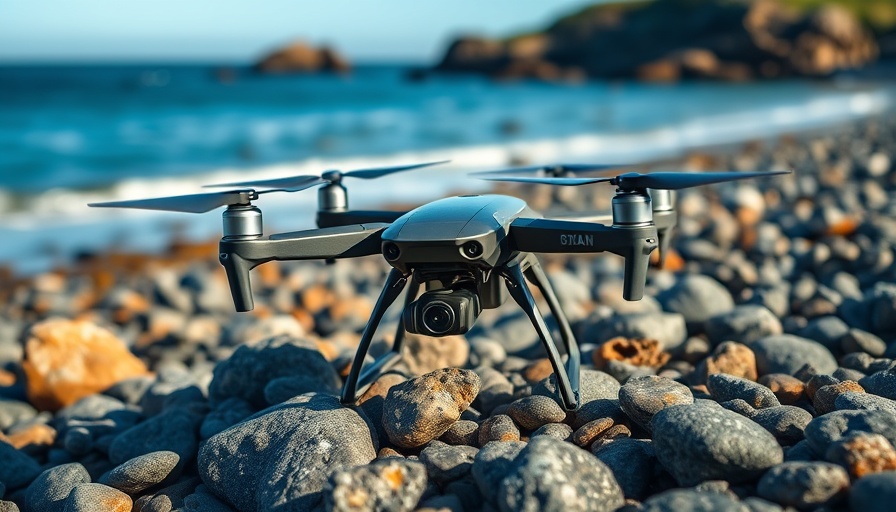
US Navy's Innovative Use of Fiber Optic FPV Drones
The U.S. Navy is venturing into new territories of electronic warfare with the introduction of fiber optic first-person view (FPV) drones. These drones were featured prominently in the recent U.S. Navy-led Exercise Silent Swarm 25. Designed for enhanced operational efficiency, fiber optic FPVs are controlled via a cable, making them significantly less vulnerable to jamming and other electronic warfare tactics.
Understanding Electronic Warfare Landscape
As tensions heighten globally, the significance of electronic warfare has surged. Fiber optic FPVs gained prominence after Russia employed them effectively during the Ukraine conflict. Their unjammable nature and secure control mechanisms have made them desirable assets for military strategies, showcasing a shift toward cutting-edge technology in warfare.
The Mechanics of Fiber Optic Control
Fiber optic technology offers numerous advantages over traditional radio-controlled systems. The communication between the drone and operator is characterized by low latency and a higher transmission speed. This is crucial for FPV operation, enabling drone pilots to maneuver effectively in real-time. Additionally, the hard-wired connection substantially diminishes the risk of cyber intrusions, ensuring a reliable operational link, particularly in environments where radio signals are prone to interference.
Practical Challenges and Responses
Despite their benefits, fiber optic FPVs are not without limitations. There are risks associated with the physical cable being entangled or damaged in hostile environments. Additionally, they are susceptible to attacks from directed energy weapons, including lasers and microwaves. Such factors necessitate a comprehensive approach towards their deployment and operational tactics.
Worldwide Adoption and Future Predictions
Ukrainian forces have mirrored the U.S. Navy's embrace of fiber optic FPVs, demonstrating a broader trend. As military organizations worldwide recognize the advantages of operating in complete radio silence, the expectation is that fiber optic-controlled systems will become more mainstream in synchronized military applications. This evolution reflects a grasp of lessons learned from recent conflicts where electronic warfare strategies were pivotal.
Conclusion: The Future of Drone Technology in Warfare
The inclusion of fiber optic FPVs in military exercises signals a forward-thinking approach to addressing contemporary warfare challenges. As technology continues to evolve, the implications for both security and drone technology are vast. Keeping an eye on these advancements is crucial for anyone interested in the future of unmanned systems in military applications.
 Add Row
Add Row  Add
Add 




Write A Comment